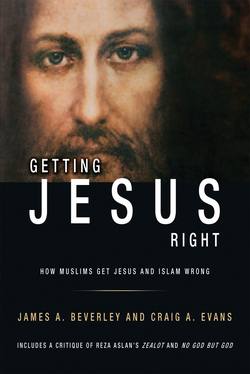Читать книгу Getting Jesus Right: How Muslims Get Jesus and Islam Wrong - James A Beverley - Страница 14
На сайте Литреса книга снята с продажи.
Jesus and the Copyists
ОглавлениеIn the previous chapter, we found we have good reason to believe that the New Testament Gospels were written early enough to access living eyewitnesses and they were written in order to convey accurate information as well as the early Church’s beliefs about the significance and achievement of Jesus. It was argued that we may have confidence in the New Testament Gospels because they exhibit the kind of verisimilitude—realism and confirmable information—that historians look for in doing their research and archaeologists look for in order to know where to dig and how to interpret what they find. This important feature is lacking in the Qur’an and other early Islamic traditions about Jesus. The Qur’an simply does not provide us with reliable, confirmable data with respect to the time and place of Jesus.
Most may agree with our assessment to this point. They may have confidence with respect to the Gospels as written and first circulated in the first century. But we no longer have the originals. What we have are later copies, copies produced in the second and third centuries and beyond. We must ask if these later copies were accurate and true to the originals. Or were their contents changed? Were new stories and new sayings added, things that Jesus never did and never said?
These are fair questions, and they should be addressed. In this chapter we examine the manuscript evidence of the New Testament—the age, quantity and quality of the copies of the New Testament—and then we compare it to the age, quantity and quality of manuscripts of other books from antiquity with which historians and textual critics normally work and in which they usually have confidence.
